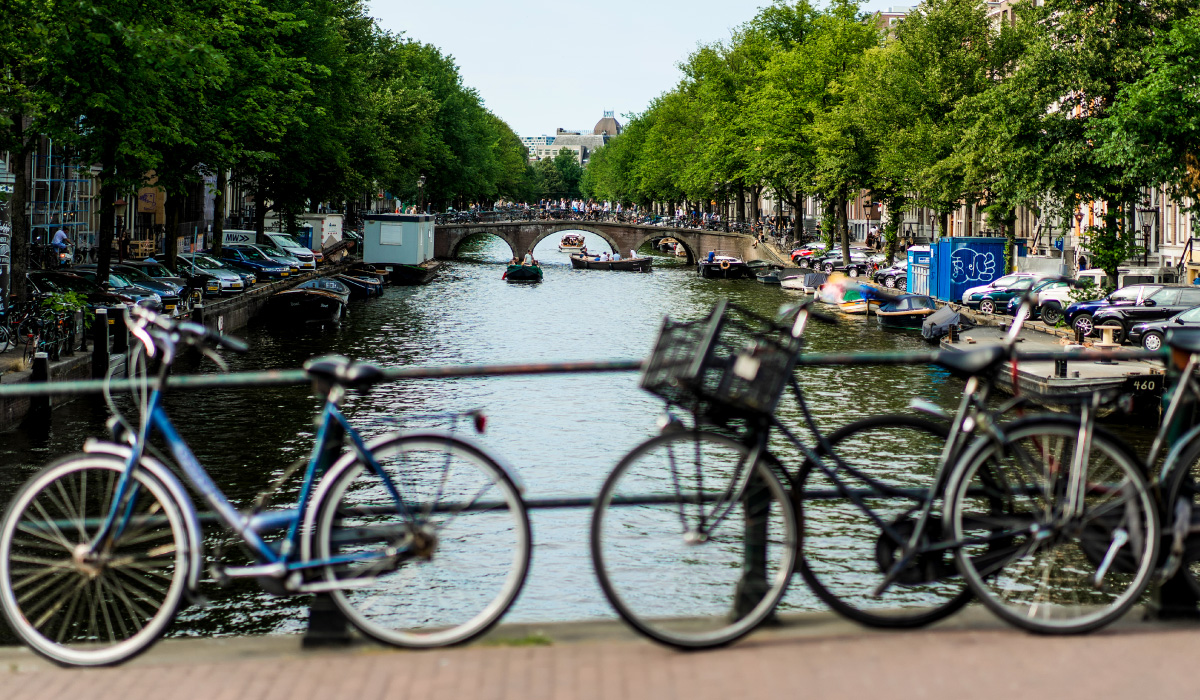More than half of the world’s population resides in urban areas, and this trend continues to rise. Can you imagine a world in which we all live in large cities? Our lifestyle might be heading in that way, with intensive consumption of resources like food, water and energy, massive urbanization and uncontrolled infrastructure development. By 2050, we would need the equivalent of almost three planets to live on, unless significant changes are made.
The good news is that progress is already being made in the right direction! Many cities around the world are already adopting sustainable practices, they are becoming green cities! So, what makes a city truly sustainable? The key lies in balancing the well-being of its inhabitants, environmental conservation,and efficient economic growth:
• For its inhabitants: a sustainable city guarantees basic resources such as education, healthcare, public transport and access to healthy, quality food. All these improve people’s quality of life and overall satisfaction.
• For the environment: sustainable measures are implemented to reduce pollution and toxic emissions, such as using renewable energy, efficient water management and promoting urban agriculture. This creates healthier and livable environments.
• For the economy: Encouraging local commerce and sustainable businesses, as well as creating new infrastructure, innovation centers and technological development. This strengthens the local economy with sustainable practices, while supporting small producers and entrepreneurs in the area.
Urban vertical farming, like Urbanfresh, positively impacts these three vital aspects for the success of a sustainable city. Our cultivation method uses only certified renewable energy, reduce emissions thanks to a shorter supply chain and always offers fresh products without pesticides or toxins. We guarantee fresh, local and seasonal products, freshly harvested, reaching the table in minutes, reducing waste and effectively contributing to a sustainable city!
The most sustainable cities
According to the 2024 Cities in Motion Index (ICIM), which evaluates the sustainability of major cities worldwide and the quality of life of their inhabitants, the ten most sustainable cities in the world are London, New York, Paris, Tokyo, Berlin, Singapore, Oslo, Amsterdam, San Francisco and Chicago. Madrid and Barcelona are also on the right track, occupying positions 20 and 29 respectively, although they still have work ahead.
With a population of 800,000, Amsterdam has developed a circular economy model to supply itself with a solely local food system. In 2017, it created the first commercial vertical farm in Europe, which not only offers fresh and sustainable food to the local community, but also serves as an inspiring model for other cities. Staying true to its innovative spirit, it has set a very ambitious challenge: to become a fully circular city by 2050. Will they achieve it?
Visit our website to learn more about our project and how we implement our own model of vertical farming.
Feel free to share this post and comment!



